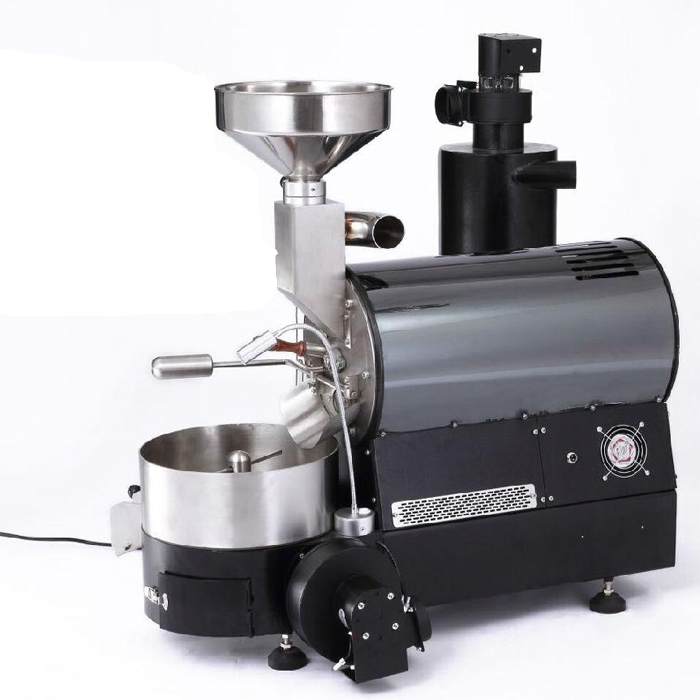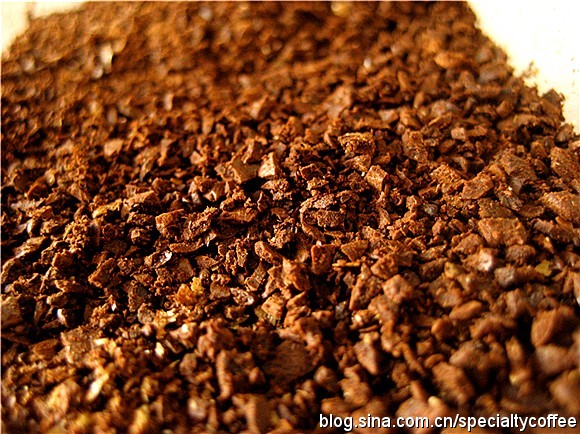The afterburner system of the coffee roaster to understand the configuration of the structural parts of the coffee roaster

Post-burner system, also known as direct-fired thermal oxidizer system.
Direct-fired thermal oxidizer or post-burner is the simplest kind of thermal oxidizer, which can greatly reduce VOC emissions by instantly cremating soot or carbide ions into clean water vapor at a high temperature of about 500C.
This kind of thermal oxidizer does not carry any heat recovery equipment and cannot recycle the heat generated in the combustion process. Typical direct-fired thermal oxidizer systems usually include burners, combustion chambers, fans, air / fuel control assemblies, thermal instruments and automatic control systems, and chimneys.
Generally speaking, direct-fired thermal oxidizers have less investment than other types of thermal oxidizers. However, when this kind of thermal oxidizer is used to treat endothermic waste fluid, the operating cost (fuel consumption) is relatively high. for example, the gas consumption of coffee roaster with "post-burner" is more than three times that of baking itself before installation.
The "post-burner system" in aerospace dynamics is a completely different concept.
VOC (volatile organic compound)-definition
The American ASTM D3960-98 standard defines VOC as any organic compound that can participate in atmospheric photochemical reactions. The Federal Environmental Protection Agency (EPA) defines volatile organic compounds as any carbon compounds that participate in atmospheric photochemical reactions except CO, CO2, H2CO3, metal carbides, metal carbonates and ammonium carbonate.
The World Health Organization (WHO,1989) defines total volatile organic compounds (TVOC) as volatile organic compounds whose melting point is lower than room temperature and boiling point is between 50 and 260 ℃.
Source: Via @ Huang Wei boutique coffee roasting
Important Notice :
前街咖啡 FrontStreet Coffee has moved to new addredd:
FrontStreet Coffee Address: 315,Donghua East Road,GuangZhou
Tel:020 38364473
- Prev

Is it true that coffee can not be extracted twice? What's the difference if the coffee is extracted twice?
Is it true that the coffee granules used can not be extracted twice? This is obviously a funny question, because it really can't be extracted twice.
- Next

STUMPTOWN Coffee in the United States introduces the third wave of fine coffee in the world.
Mr. Duane Sorenson, founder of STUMPTOWN Coffee (right) all rights reserved: reprinted with provenance STUMPTOWN Coffee, founded by Mr. DUANE SORENSON in Portland, Oregon, USA in 1999, is one of the most famous boutique coffee roasters in the United States, known as the reformer of the Portland coffee industry and the taste bud refiner of coffee drinkers. DUANE SORENSON
Related
- What is the meaning of lactic acid fermentation with coffee bean treatment?
- How to judge the state of foam by sound?
- How does the latte pull out the unicorn pattern? Come to get for a little trick to improve the flower pull!
- Will flower pulling affect the taste of the latte?
- Do you know the history of coffee?
- The difference between honey treatment and sun washing what is raisin honey treatment?
- What kind of milk can a novice use to make coffee foam to keep the foam longer? The correct method and skills of milking tutorial sharing
- Why do washed coffee beans taste sour? Flavor characteristics of washed Coffee
- Introduction to the skill of how to practice the size and height of water injection around the circle of hand-brewed coffee
- How do beginners practice coffee flower drawing from scratch?

